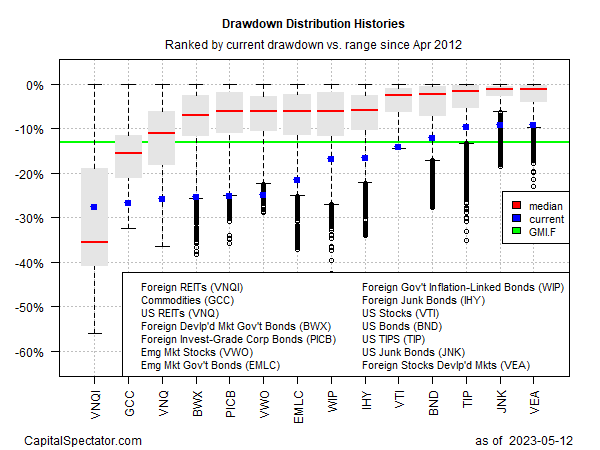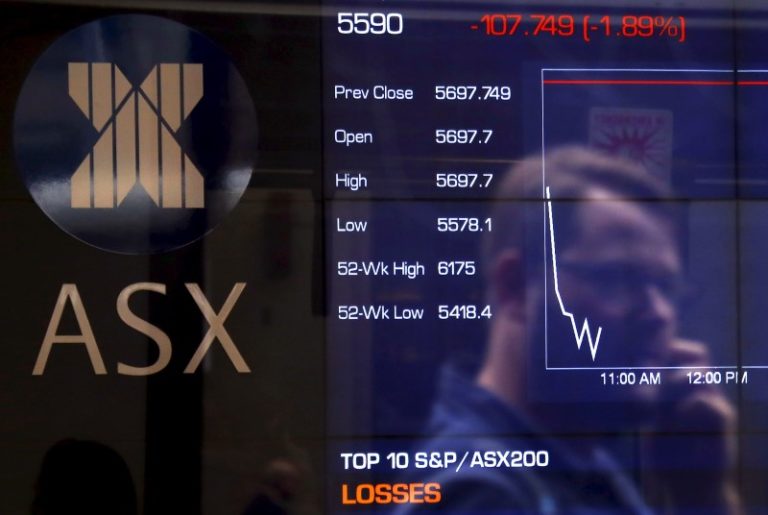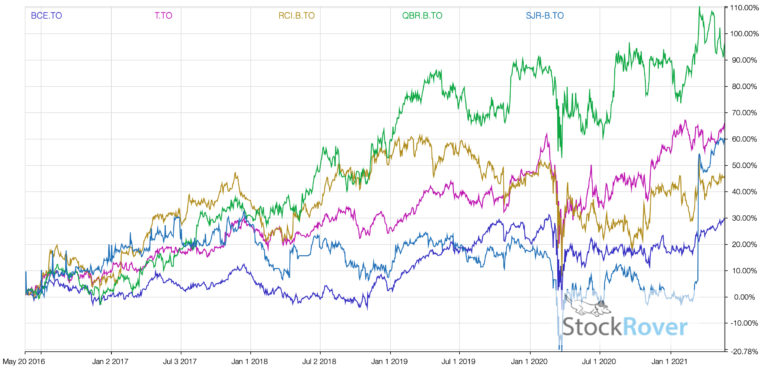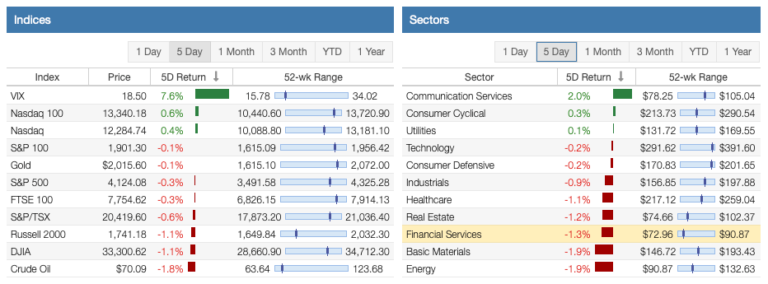Market Extra: Why November U.S. CPI data is seen as a ‘game-changer’ for financial markets

November’s softer-than-expected consumer-price index is being described by traders and financial-market analysts as a “game-changer” that demonstrates inflation is swiftly easing, reducing the likelihood Federal Reserve policy makers will push interest rates above 5% in 2023.
Strength was seen across asset classes on Tuesday, after the CPI data showed the cost of living rose a scant 0.1% on a monthly basis in November. Stocks and bonds rallied, along with gold and oil prices, while the Cboe Volatility Index
VIX,
of equity-market volatility fell and the ICE U.S. Dollar Index
DXY,
traded at a nearly six-month low. Stocks trimmed initial gains, however, and the Dow Jones Industrial Average
DJIA,
briefly traded with a loss on investors’ concern that rates could still be left higher for longer.
MarketWatch Live: Dow erases 707-point jump seen after CPI data
For perhaps the first time this year, the idea that the U.S. has moved past its worst inflation spell in four decades seemed entirely plausible. November’s annual headline CPI rate fell to 7.1 % from 7.7% in the prior month, marking the lowest level since the end of 2021, after peaking at 9.1% in June. Those figures came on top of signs of easing price pressures in October’s CPI report. Before Tuesday’s CPI release for November, Jeffrey Gundlach, chief executive officer and chief investment officer of DoubleLine Capital, said he expected inflation to dip below forecasts in 2023.
“We were all expecting a softer report, but this is pretty significant and makes people question what the Fed is going to do moving forward,” said John Farawell, head of municipal trading at bond underwriter Roosevelt & Cross in New York. “We had been thinking 50- to 75-basis-point rate hikes, but now know that Wednesday’s move will be 50 and the one after that may be 25 in February,” he said via phone.
Policy makers “tamed inflation quicker than most people thought and we have to see what [Fed Chairman Jerome Powell] says tomorrow,” Farawell said via phone. For now, though, November’s report “is a game-changer” that’s produced “very significant strength across asset classes, but continued uncertainty about what the Fed is going to do in the future.”
Indeed, fed funds futures traders were recalibrating their 2023 rate expectations, most notably around the Fed’s most-likely move in February. They now see a more-than-50% chance that policy makers will hike by only 25 basis points that month, after delivering a 50-basis-point hike on Wednesday — which, together, would take the Fed’s main policy rate target to between 4.5% and 4.75%. From there, traders see a reduced likelihood that interest rates will go above 5% next year, a scenario that still seemed likely before Tuesday.
As of Tuesday afternoon in New York, the policy-sensitive 2-year Treasury rate
TMUBMUSD02Y,
was heading for its biggest drop in a month while the benchmark 10-year yield
TMUBMUSD10Y,
fell to 3.5%. The S&P 500
SPX,
was up 0.8%, while the Nasdaq Composite gained 1.1%.
“The report was a game-changer because this is the first time people are talking about the idea that we could really see inflation come down to 3% next year, and what we are seeing is a major adjustment in people’s Fed-rate-hike expectations,” said Edward Moya, a senior market analyst at Oanda.
“This inflation slowdown is music to the ears of Fed doves and the broader financial market,” Moya said via phone. In particular, “what this is going to do is really drive the weak-dollar movement, while giving equities a continued boost.”
Published at Tue, 13 Dec 2022 10:35:00 -0800




